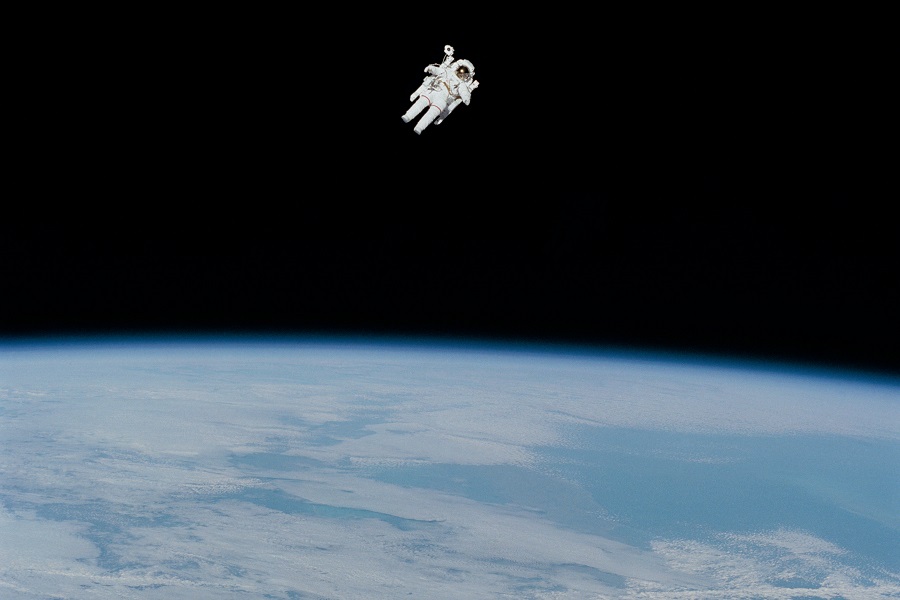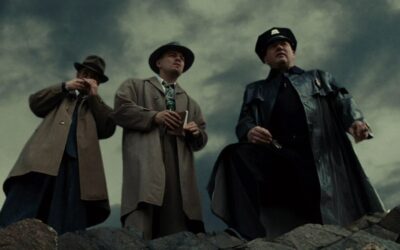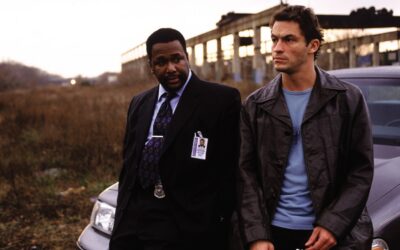
Unusual Settings in Crime Fiction
From the labyrinthine streets of foggy Victorian London to the brooding windswept plains of Nordic noir, the world of crime fiction is every bit as diverse as its readership. But in the vast cosmos of this genre, there’s an uncharted territory, a constellation of mysteries that have dared to step off the beaten path. They whisk us away from the familiar humdrum of city life or the quaint charm of small-town mysteries, taking us on a journey into the unknown.
From the cold vacuum of space stations to the sun-soaked beaches of remote islands, these settings have expanded the boundaries of the genre, proving that crime indeed knows no bounds.
Ever since Arthur Conan Doyle shipped off Sherlock Holmes to the misty moors of Devonshire in “The Hound of the Baskervilles,” mystery writers have been exploring the thematic potential of unique settings. These distinctive backdrops often play more than a passive role in shaping the narrative; they can contribute to the plot, develop the characters, and even function as metaphors for the human psyche.
Space – The Final Frontier
In the realm of crime fiction, space and its stations have often been painted as daunting, inscrutable landscapes, teeming with mysteries as infinite as the universe itself. The concept of solving a murder in space adds an otherworldly twist to the whodunit format. Moreover, the isolation, limited resources, and dangers lurking around every corner make the stakes higher and the tension palpable.
A shining example of this is Agatha Christie’s timeless detective Hercule Poirot, who was famously catapulted into space in a 1965 BBC radio drama, “Murder in Space.” The brilliant sleuth is tasked with solving a murder on a space ship journeying to Mars, an experience that delivers an irresistible blend of classic Christie and sci-fi.
In recent years, we have seen an upsurge in space-based mysteries like James S.A. Corey’s “Leviathan Wakes,” where the confines of a derelict ship become the scene of a horrifying crime. Another standout is Adam Roberts’ “Jack Glass,” where the golden age detective story is transformed into a futuristic setting, while still retaining its original flavor.
Space, in its grandeur and infinite mystery, provides a fascinating stage for a crime narrative. These novels explore the alienation, fear, and moral complexities that emerge when humans are thrust into the void. In space, no one can hear you scream – but they might just hear the muffled sounds of a crime taking place.
A Castaway’s Paradise
On the flip side of the cosmic coin, we find remote islands serving as intriguing sites for criminal happenings. An island is the perfect closed setting for a mystery, with its limited number of suspects, geographical constraints, and a sense of isolation from the mainland, a mere speck on the horizon.
Agatha Christie, again, set a benchmark in this subgenre with her thrilling masterpiece, “And Then There Were None.” Ten strangers lured to an isolated island, each harboring a secret, and then one by one, they fall prey to an unknown murderer. It’s a chilling testament to how an island, with its claustrophobic atmosphere, can amplify the tension in a murder mystery.
More recent tales of island crime include “The Guest List” by Lucy Foley, where an idyllic wedding on a remote Irish island spirals into chaos when a guest turns up dead. Similarly, Ann Cleeves’ Shetland series brings the remote Shetland islands to life, using the stark landscape and the harsh weather as catalysts for the events that unfold.
In both these narratives, the island is not just a backdrop but a character in its own right. The rugged beauty of the wilderness, the eerie silence of the nights, the unpredictable weather – all these elements contribute to the suspense, enhancing the overall narrative.
Underwater Mysteries – Deep Dive into Crime
Pushing the boundaries further in the sphere of unusual settings, crime fiction has submerged its narratives beneath the waves, plunging us into the alien world of underwater environments. These narratives are often thrilling, not just because of the crimes they revolve around, but due to the novelty of their setting that poses challenges for both the characters and readers.
One can’t dive into this topic without acknowledging Jules Verne’s timeless classic, “20,000 Leagues Under the Sea.” Though not exactly a crime novel, this adventure story about the enigmatic Captain Nemo and his submarine, Nautilus, laid the groundwork for mysteries set in the deep ocean. The very idea of living and exploring beneath the sea’s surface captures our collective imagination, intertwining it with elements of suspense and crime, making for a breathtaking narrative.
More recently, Jeffery Deaver’s “The Bone Collector” sequel, “The Burial Hour,” features a thrilling section where a crime has to be solved in a submerged town due to a dam’s construction. In this unique setting, the submerged cityscape adds a layer of tension and urgency to the narrative, enhancing the overall suspense of the plot.
Moreover, the potential of underwater crime settings isn’t limited to ocean floors or submerged cities. It can extend to large aquatic habitats such as an elaborate aquarium, as illustrated in Peter Benchley’s novel “Jaws,” where the aquatic theme park, SeaWorld, becomes a site for horrific shark attacks.
Underwater settings offer a thrilling departure from conventional crime fiction locations. They introduce fresh dynamics and challenges that redefine the genre’s norms. The potential of the vast, unexplored marine world, with its chilling depth and mysterious inhabitants, provides an ideal backdrop for constructing exhilarating narratives. After all, in the deep, dark depths of the ocean, many secrets can be hidden, and many crimes can go unnoticed, waiting for a daring detective to unravel them.
Beyond Borders and Genres
Yet, the unusual settings of crime fiction don’t stop at space stations and islands. Mystery writers have also taken us to the desolate wastelands of Antarctica, as in Matthew Iden’s “The Winter Over,” where the perpetual darkness and biting cold breed paranoia and fear. Or to the majestic grandeur of the Himalayas, where the steep cliffs and snow-laden paths make for treacherous crime scenes, as in the gripping “The Kingdom” by Jo Nesbo.
This trend of breaking away from the traditional cityscape extends beyond books. Acclaimed TV series like HBO’s “True Detective” and Netflix’s “Dark” have used the eerie backwoods of Louisiana and the small German town of Winden, respectively, as conduits to explore complex, multi-layered mysteries.
In the end, the allure of these unusual settings lies in their ability to reshape the traditional crime narrative. They introduce fresh dynamics, inject a sense of novelty, and enrich the genre’s thematic depth. Whether it’s the vastness of outer space or the deceptive calm of a remote island, these settings serve as mirrors reflecting humanity’s inherent complexities, fears, and strengths.
Indeed, this exciting trend in crime fiction affirms that mystery knows no boundaries, not even those of our imagination. And as readers, we can only wait with bated breath to see where our next crime scene will be. Will it be aboard a derelict spacecraft orbiting a distant planet? Or perhaps on an exotic island, where palm trees sway in the breeze, and a murder lurks around the corner? Only time, and the adventurous spirit of our beloved mystery writers, will tell.
More Crime Features
Literary Crime
Where Depth Meets Deceit
Criminal Fashion
Iconic Outfits and Styles in Crime Fiction
Ethics in Crime Fiction
Exploring Morality in Law and Order



